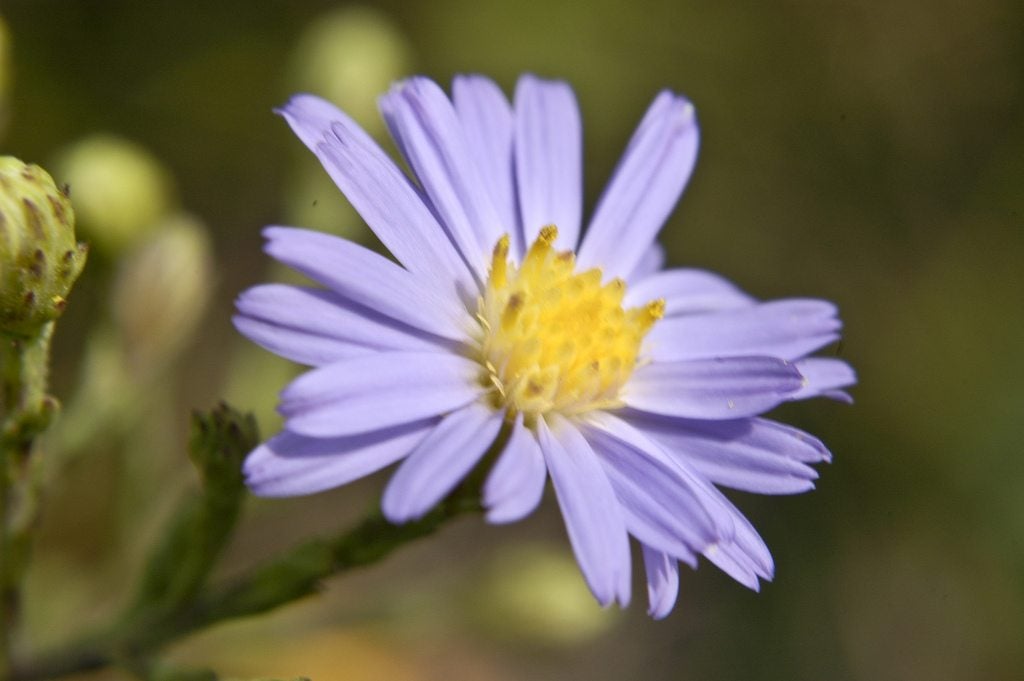What Is Sky-Blue Aster – How To Grow Sky-Blue Aster Plants


What is Sky Blue aster? Also known as azure asters, Sky Blue asters are North American natives that produce brilliant azure-blue, daisy-like flowers from late summer until the first serious frost. Their beauty continues throughout much of the year, as the foliage of Sky-Blue asters turns reddish in autumn, and their seeds provide winter sustenance to a number of appreciative songbirds. Wondering about growing a Sky-Blue aster in your garden? Read on to learn the basics.
Sky-Blue Aster Information
Fortunately, growing a Sky-Blue aster doesn’t necessitate pronouncing the name (Symphyotrichum oolentangiense syn. Aster azureus), but you can thank botanist John L. Riddell, who first identified the plant in 1835. The name is derived from two Greek words – symphysis (junction) and trichos (hair). The rest of the rather unwieldy name pays homage to Ohio’s Olentangy River, where Riddell first found the plant in 1835. This sun-loving wildflower grows primarily in prairies and meadows. Like all wildflowers, the best way to get started when growing a Sky-Blue aster is to purchase seeds or bedding plants at a nursery specializing in native plants. If you don’t have a nursery in your area, there are several providers online. Don’t attempt to remove Sky-Blue asters from the wild. It’s rarely successful and most plants die once removed from their native habitat. More importantly, the plant is endangered in some areas.
How to Grow Sky-Blue Asters
Growing a Sky-Blue aster is suitable in USDA plant hardiness zones 3 through 9. Purchase starter plants or start seeds indoors in late winter or early spring. Blue asters are tough plants that tolerate partial shade, but bloom at their best in full sunlight. Be sure the soil drains well, as asters may rot in soggy soil. As with most aster plants, Sky-Blue aster care is uninvolved. Basically, just water well during the first growing season. Thereafter, Sky-Blue aster is relatively drought-tolerant but benefits from occasional irrigation, especially during dry weather. Powdery mildew can be a problem with Sky-Blue asters. Although the powdery stuff is unsightly, it rarely damages the plant. Unfortunately, there’s not much you can do about the problem, but planting where the plant gets good air circulation will help. A bit of mulch will protect the roots if you live in a chilly, northern climate. Apply in late autumn. Divide Sky-Blue aster in early spring every three or four years. Once established, Sky-Blue asters often self-seed. If this is a problem, deadhead regularly to limit their spread.
Sign up for the Gardening Know How newsletter today and receive a free copy of our e-book "How to Grow Delicious Tomatoes".

A Credentialed Garden Writer, Mary H. Dyer was with Gardening Know How in the very beginning, publishing articles as early as 2007.